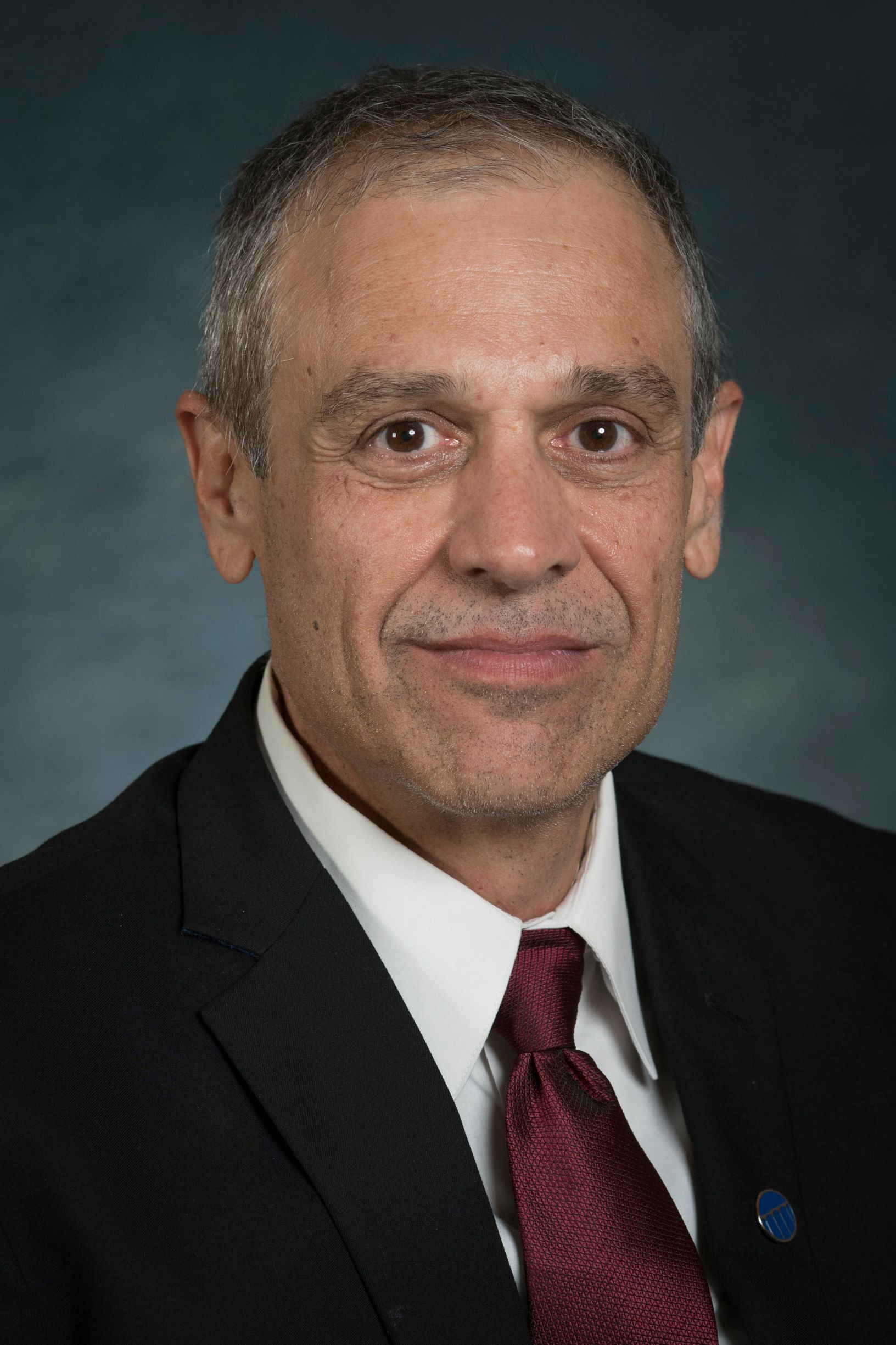This is a continuation of our "IANR is Global" series, which highlights the many ways internationalization is woven through the Institute of Agriculture and Natural Resources: through research collaboration, government and private industry partnerships, extension work, student educational experiences and the IANR community from around the world.
This edition is specifically focused on the many global voices we have on campus who will be sharing their expertise through seminars during spring semester 2020 (virtually, as of March). Research professor Sorab Panday will be presenting an online talk entitled “Understand Your Water Resource with Groundwater Modeling” on April 22, as part of the Nebraska Water Center seminar series. Tune into his seminar online here. We appreciate the expertise we are fortunate to have from all over the world, as shown by their many and varied contributions to the work of the university and our continued mission to create a globally engaged institution. To this end, we want to help our campus community get to know each other (and the world) more, starting with these experts.
Where is your hometown? Where did you receive your education?
My hometown is Mumbai, India. I received my undergraduate degree at Indian Institute of Technology, Mumbai, my Master’s degree at University of Delaware, and my PhD at Washington State University (Civil and Environmental Engineering). My graduate work consisted of numerical modeling of fluid flow, solute migration and heat transport in frozen environments. I continue to learn through work and life.
Tell us a little about your path to where you are now.
I am now a Research Professor at UNL, a Principal at GSI Environmental, and a happy family man with two wonderful sons. After my academic education, I joined a small consulting company in Herndon, Virginia, that focused on boutique groundwater modeling. My career, experience and knowledge grew there and at other consulting companies where I have worked, and I continue to do research and publish on numerical methods and modeling of subsurface fluid flow. I have been fortunate to collaborate with smart people and was the primary author of MODFLOW-USG, a groundwater modeling software code published by the US Geological Survey, that offered a lot more flexibility and robustness than its predecessors. The popularity of the software in the groundwater modeling community led to some recognition including being inducted into the National Academy of Engineers in 2017. In 2019, I joined the Faculty of BSE at UNL as a Research Professor and have been spending a week every two months in Lincoln and am a consultant at GSI the rest of the time. At the UNL, I am also affiliated with Civil and Environmental Engineering and have been assisting with groundwater models at the USGS Water Science Center and the Nebraska DNR. I hope to help expand the groundwater modeling capabilities to understand and manage the various water supply and quality issues in the State. I also hope to bring an industry perspective to the university.
What is something people don’t know (or that you wish they knew) about where you’re from?
Mumbai, called Bombay before 1995, was formed by reclaiming land between seven islands in the Arabian Sea in western India. With an estimated current population of 25 million, it is the financial capital of India and one of the most densely populated cities in the world providing opportunity to people from around the country, thus earning it the nickname "City of Dreams." That may also have something to do with Bollywood, the largest producer of Indian Cinema which is the largest film industry in the world.
Are you engaged in any research collaborations or do you still have work that you do related to your home country?
I have had several international research collaborations. Currently, I am working with colleagues in Germany to simulate the citywide impact of borehole heat exchangers (BHEs) on groundwater temperatures and on each other to create maps of hot or cool zones for management of the systems and evaluation of future capacity. BHEs are being used to heat and cool buildings in several locations throughout the world and this research attempts to evaluate efficiency of BHE systems through time by modeling their impact on groundwater and each other, and the impact of natural heat controls on groundwater due to seasons, rainfall infiltration, and river-water interactions during floods and droughts. The State Building in Lincoln is also installing a BHE system, but groundwater simulations are not needed in this case since there is little competition for the subsurface heat resource.
Why is it important for institutions like the University of Nebraska to have faculty with experience from different parts of the world?
Different parts of the world have evolved different solutions to their unique challenges and environments. Having an international faculty expands the gene pool of ideas, experiences, viewpoints and knowledge to draw from, to solve our current problems. Also, they bring different artistic, sports, food and cultural traditions that enrich our lives.
What is one piece of advice you would share with students?
Be a good person.
We encourage the campus community to attend Dr. Panday's seminar at p.m. on April 22 online via Zoom.---
Are you giving a seminar in spring 2020 (or the future) and have an international element to your work, studies or background you'd like to see highlighted? Contact Brianne Wolf at bwolf4@unl.edu.
